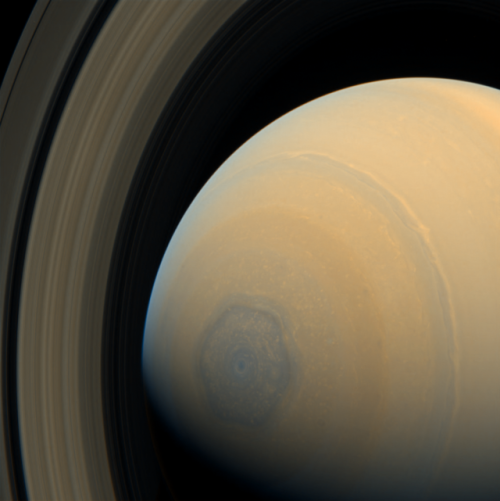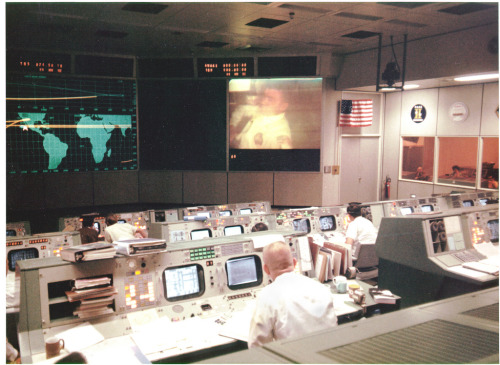Colors Of Earth
Colors of Earth
When we think of our globe from a distance, we generally visualize two colors: blue and green. Water and land. Mostly water, consequently, our planet’s nickname of the blue marble.
Traveling around the globe every 90 minutes covering millions of miles with a focused lens on our beautiful planet from 250 miles above, I’ve captured many beautiful colors beyond blue and green that showcase Earth in new and interesting ways. Some colors are indicative of nature like desert sands and weather like snow. Other colors tell stories of Earth’s climate in bright splashes of yellows and greens of pollen and muted grey tones and clouded filters of pollution.
Blue and green still remain vivid and beautiful colors on Earth from the vantage point of the International Space Station, but here are some other colors that have caught my eye from my orbital perspective.

African violet

Bahamas blues

Tropical in Africa

Yellow desert

Orange in Egypt

Red surprise

Snow white
Follow my Year In Space on Twitter, Facebook and Instagram!
More Posts from Decimatethestars-blog and Others
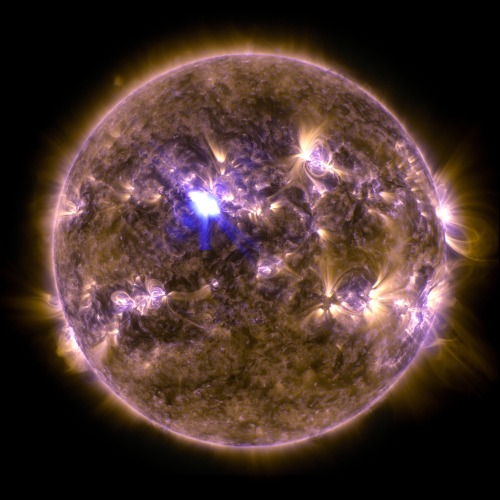

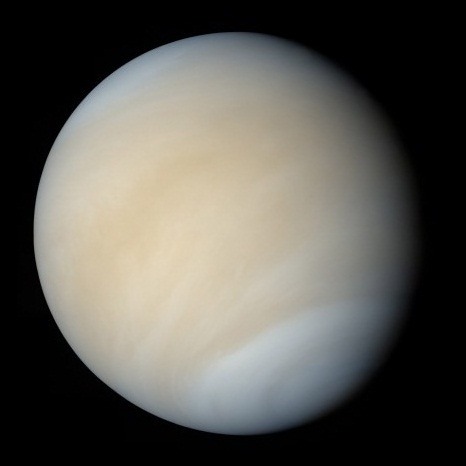
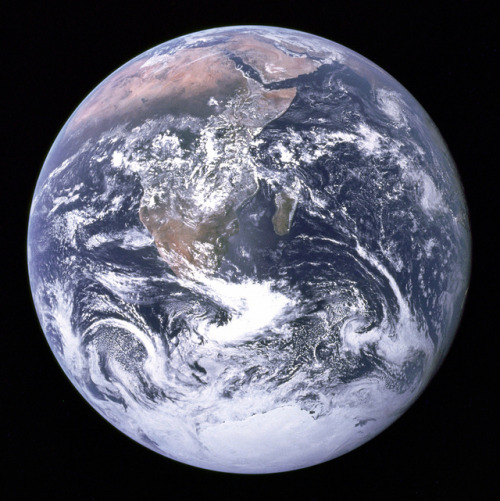
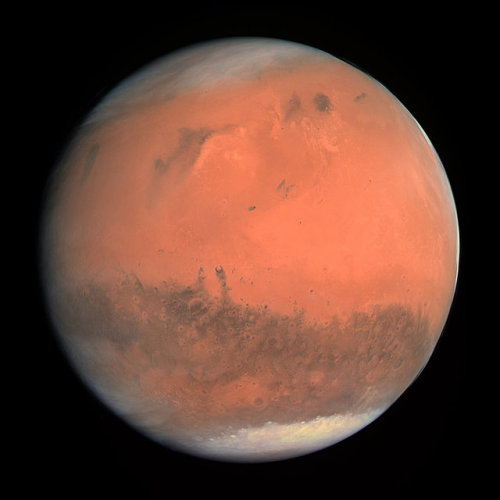
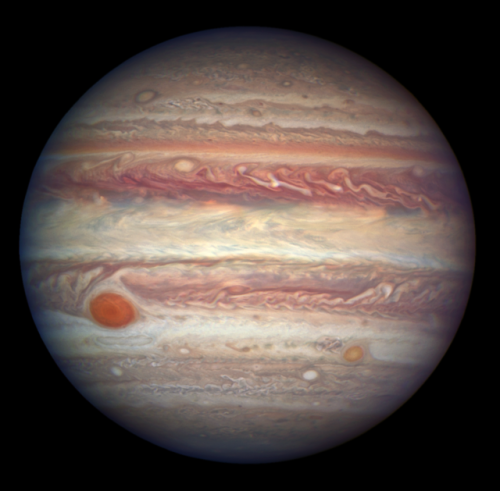

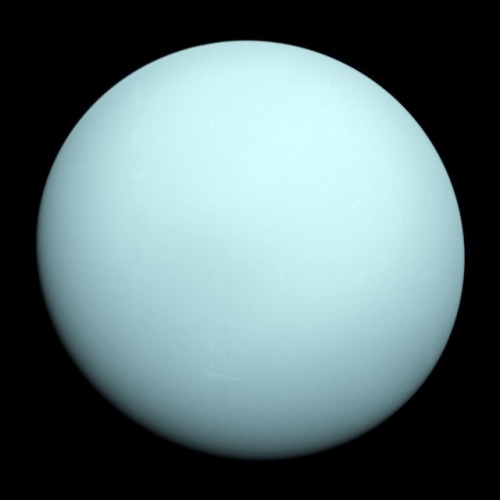
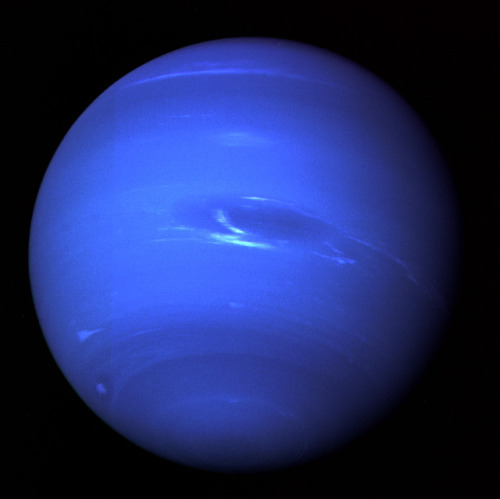
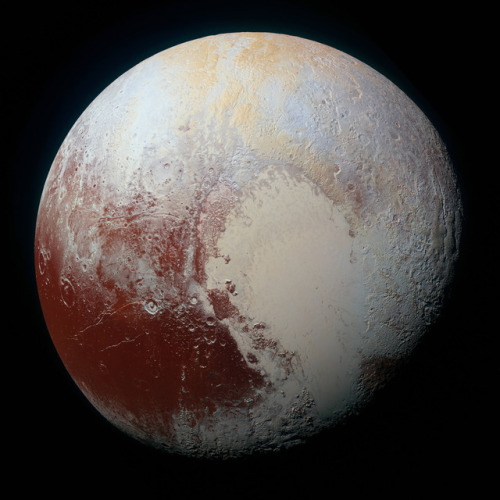
Solar system - Sun, Mercury, Venus, Earth, Mars, Jupiter, Saturn, Uranus, Neptune and Pluto
Credit: NASA, ESA, SDO, Messenger, Mariner 10, Apollo 17, Rosetta, Hubble, Cassini, Voyager 2 & New Horizons










Dazzling Photos Let You Orbit the Earth with Astronaut Tim Peake




Bioluminescent Plankton
Scientists have only recently discovered that this type of plankton glows when they are moved because of stress - ironic when you consider how relaxing the sight of the shimmering waves are in the dark night. Bioluminescence is used as a defence mechanism to draw predators towards the creature trying to eat the plankton. The tiny flashes of light also disorientate and surprise the predator.
These tiny organisms produce light using a chemical called luciferin. The process of creating a bioluminescent light, which is simply light produced within a living creature, differs between organisms. Some need a particular food or another creature for the effect to happen. But this type of plankton, called dinoflagellates, produce luciferin on their own. The light the tiny plankton emit is called ‘cold light’, meaning less than 20% of the light generates heat.
Huge areas of the ocean can become populated by glowing plankton but the effect is especially common in warm-water lagoons that have narrow openings to the sea. This causes the plankton to gather and become trapped, causing the water to turn orange.
Image credit: Will Ho, Kin Cheung, Landscapes Maldives & eyegami
Source: Kuoni
Look up at the super blue blood full moon Jan. 31 – here's what you'll see and why
by Shannon Schmoll

During the early hours of Jan. 31, there will be a full moon, a total lunar eclipse, a blue moon and a supermoon – all at the same time. None of these things is really all that unusual by itself. What is rare is that they’re happening all together on one day.
Keep reading
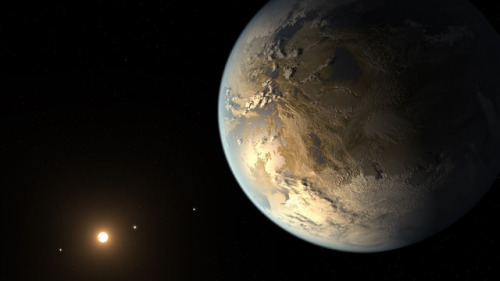
Kepler-186f, the first Earth-size Planet in the Habitable Zone
js

This illustration shows the cosmic epochs of our Universe from the Big Bang to the Present. The position of galaxy A1689-zD1 is shown as an example of a particularly early forming and distant galaxy.
Image credt: NASA, ESA, and A. Feild (STScI).
Each year we hold a Day of Remembrance. Today, Jan. 25, we pay will tribute to the crews of Apollo 1 and space shuttles Challenger and Columbia, as well as other NASA colleagues who lost their lives while furthering the cause of exploration and discovery.
#NASARemembers
Learn more about the Day of Remembrance HERE.
Make sure to follow us on Tumblr for your regular dose of space: http://nasa.tumblr.com.
-
 irishkae reblogged this · 9 months ago
irishkae reblogged this · 9 months ago -
 xjongin liked this · 1 year ago
xjongin liked this · 1 year ago -
 suburbanz liked this · 1 year ago
suburbanz liked this · 1 year ago -
 hey--folks liked this · 4 years ago
hey--folks liked this · 4 years ago -
 lockvogel liked this · 4 years ago
lockvogel liked this · 4 years ago -
 wzrd-natalia liked this · 4 years ago
wzrd-natalia liked this · 4 years ago -
 all-that-is-dreamt reblogged this · 5 years ago
all-that-is-dreamt reblogged this · 5 years ago -
 soulintheuniverse liked this · 6 years ago
soulintheuniverse liked this · 6 years ago -
 blueyezgirl68 liked this · 6 years ago
blueyezgirl68 liked this · 6 years ago -
 littleskyscraper123 liked this · 6 years ago
littleskyscraper123 liked this · 6 years ago -
 espadaazul reblogged this · 6 years ago
espadaazul reblogged this · 6 years ago -
 augo-mati-augo-melato reblogged this · 6 years ago
augo-mati-augo-melato reblogged this · 6 years ago -
 augo-mati-augo-melato liked this · 6 years ago
augo-mati-augo-melato liked this · 6 years ago -
 detzallfolk liked this · 7 years ago
detzallfolk liked this · 7 years ago -
 daddys-babygirl222-blog reblogged this · 7 years ago
daddys-babygirl222-blog reblogged this · 7 years ago -
 daddys-babygirl222-blog liked this · 7 years ago
daddys-babygirl222-blog liked this · 7 years ago -
 annoying-bouquet-kitten liked this · 7 years ago
annoying-bouquet-kitten liked this · 7 years ago -
 lazer-panda-fiasco liked this · 7 years ago
lazer-panda-fiasco liked this · 7 years ago -
 princes5spici--kennedy liked this · 7 years ago
princes5spici--kennedy liked this · 7 years ago -
 decimatethestars-blog reblogged this · 7 years ago
decimatethestars-blog reblogged this · 7 years ago -
 lovablexmadamktatum liked this · 7 years ago
lovablexmadamktatum liked this · 7 years ago -
 usedflash-blog liked this · 7 years ago
usedflash-blog liked this · 7 years ago -
 manjiana liked this · 7 years ago
manjiana liked this · 7 years ago -
 wbsjsjsnsjsj reblogged this · 7 years ago
wbsjsjsnsjsj reblogged this · 7 years ago -
 wbsjsjsnsjsj liked this · 7 years ago
wbsjsjsnsjsj liked this · 7 years ago
eleon / 18 / they. aspiring astronaut. lover of biology and space.
25 posts

